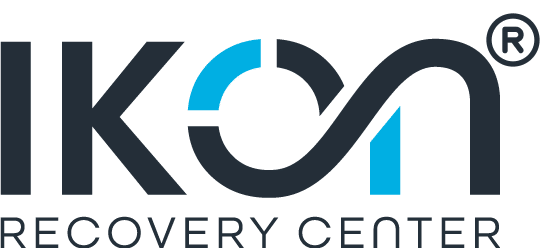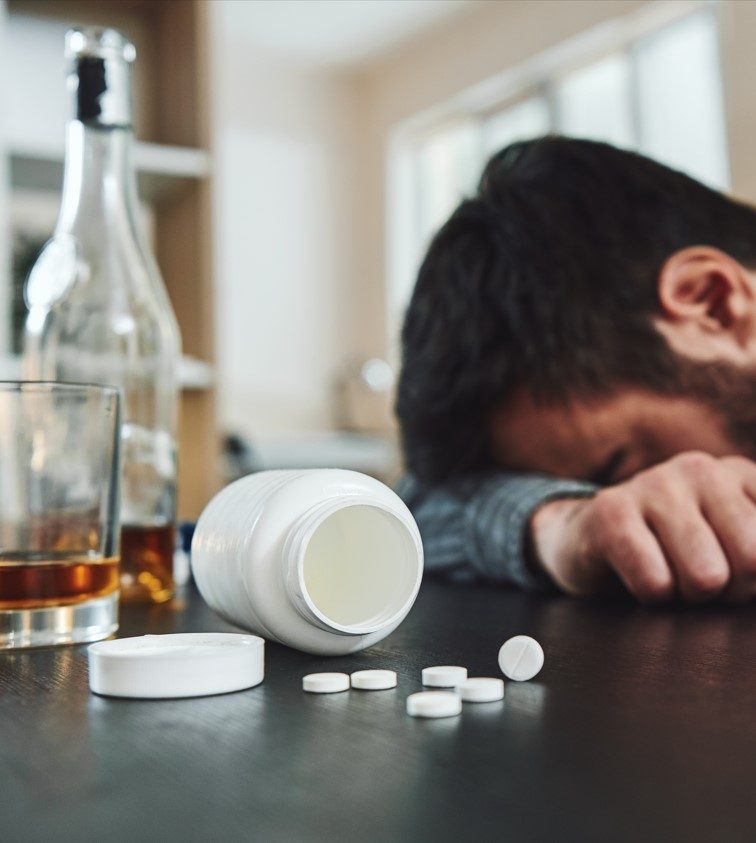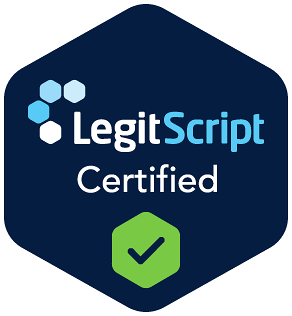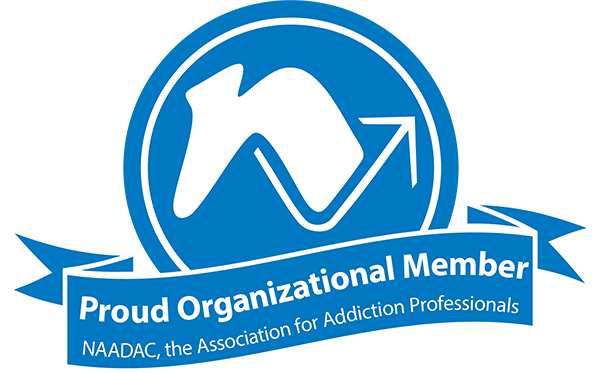Painkillers play a significant role in the nation’s current opioid crisis. Prescription painkillers and narcotics are prescribed to give relief from physical discomfort and chronic pain. But the consequences can often be debilitating.
With such a high likelihood of misuse and addiction, what begins as the solution can quickly devolve into a whole new problem of its own. If you or a loved one is struggling with opioid addiction or other prescription drug abuse, Ikon Recovery can help.
Our treatment options cover everything from medication-assisted treatment to therapy and vitamin interventions to give you comprehensive support. Our community-based programming also offers an immersive experience to address mental health co-occurring disorders and substance use disorders with practical peer support and practical lifestyle assistance. Reach out today to learn more and get started on your recovery journey.
